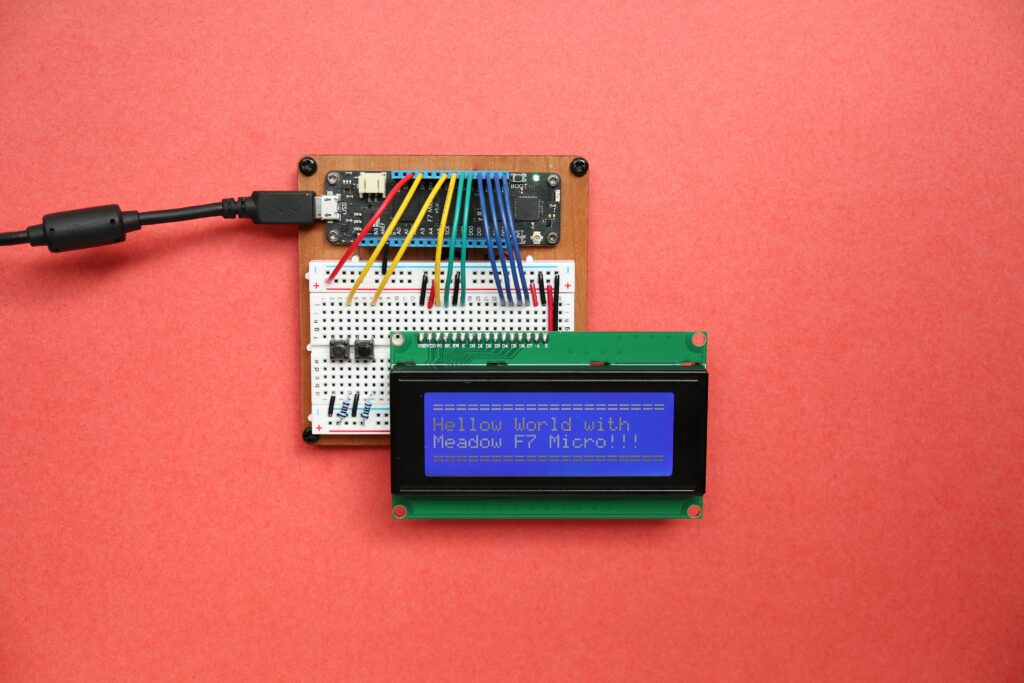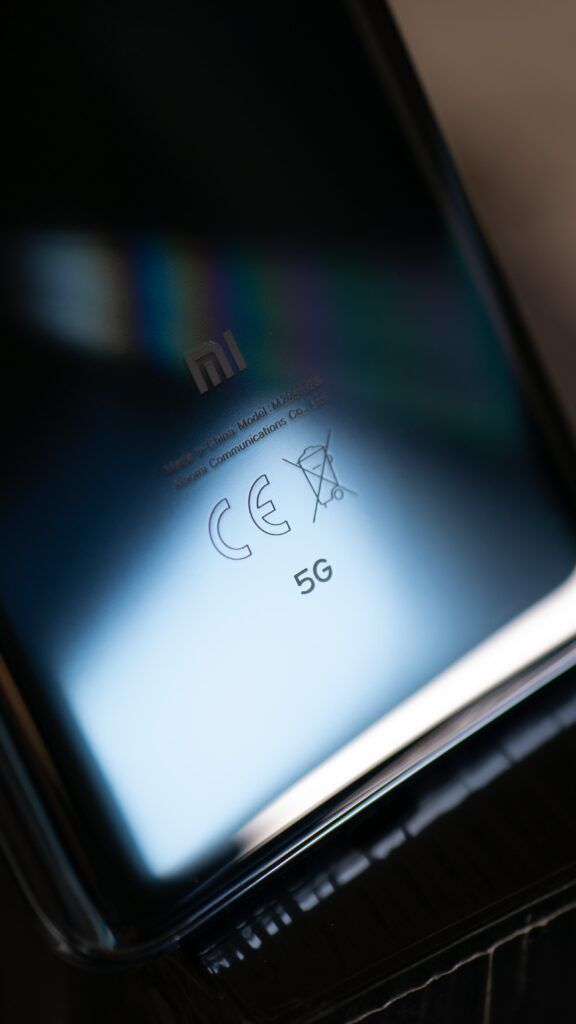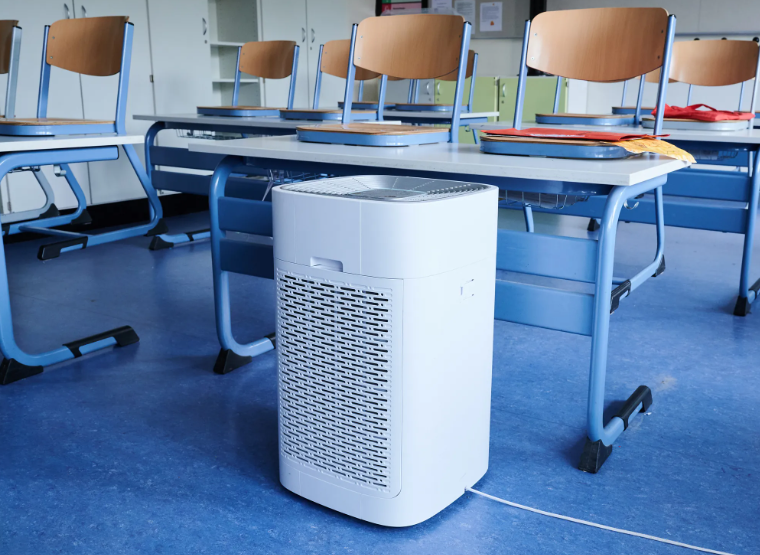The Internet of Things (IoT)

We cannot deny that we are living in a connected world, around us there are billions of devices that communicate with each other linked to a large network. The internet of things are devices or objects equipped with sensors, software and other technologies that allow them to transmit and receive data. For example, it is the connection between your smartphone and the smart devices you have at home to control lighting or air conditioning, Or it is a robot vacuum cleaner that you configure from your mobile phone so that it cleans your house automatically when you are not there.
This works through a process called M2M (machine to machine) where two or more devices communicate with each other using any type of connectivity (cable, wifi, bluetooth, etc.), doing their work without human intervention. This is possible thanks to the sensors or specific chips that are placed in the devices, once connected they generate a large amount of data that reaches an IoT platform that collects, processes and analyzes said data. This information becomes relevant to the user because thanks to it, conclusions can be drawn from the user’s habits and preferences, as well as to make life easier.
What are the advantages of IoT?
- Ability to connect to the network
- Real-time and rapid information exchange
- Energy savings
- More sustainable processes
- Communication with the direct environment
What are the disadvantages?
- The information is not encrypted
- Requires prior investment in technology
- Reduced privacy
- Technology gap
- Lack of compatibility
Now we are learning how technology has evolved over the years.





Responses